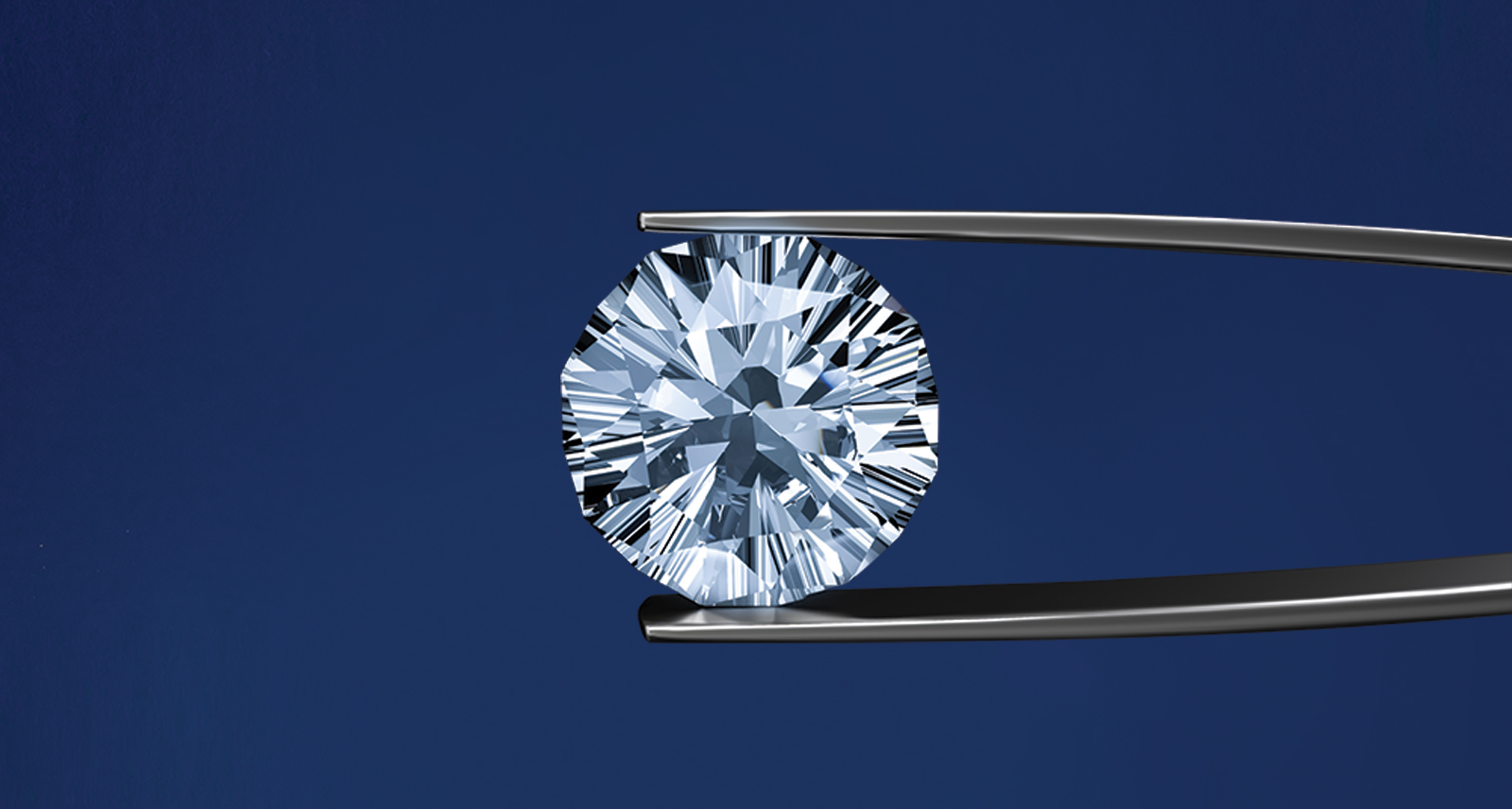Amidst all the types of cookware coming out in the market, copper cookware is still one of the best. It has been tried and tested already for many generations already. Even if newer models are coming out made of aluminum or titanium, many users still prefer copper cookware. Copper cookware is not only considered classic, it is also popular for its beauty and excellent heat qualities. Most of these pots and pans feature copper and brass exteriors as well as stainless steel interiors. The combined materials make the cookware easy to clean and use. You can simply wash and rinse this using warm sudsy water to prevent food from sticking. Then wash with a copper/brass cleaner afterwards. Dry immediately to prevent discolorations and hard water stains.
Even if some copper and brass brands are deemed dishwasher safe, it still has parts that can discolor and tarnish. Handwash them to prevent this problem.
To clean, you can try using a homemade cleaning solution. This is a mixture of salt, flour, ammonia and lemon juice. This can be applied on copper cookware with a soft scrubbing brush. Make sure that you polish for a dry, clean luster.
Avoid using the following materials because they will scrape off the copper and brass material: alcohol, steel wool, bleach, abrasive cleaners, metal implements and oven cleaners. For burnt copper and brass pans and pots, clean them with cold water. It lessens the burnt taste and drastically reduces temperature after being heated in high temperature.
If you see cake-on, burnt-on coatings or films of food, you can boil it and add 1 tsp baking or washing soda. You can also use cream of tartar. Add 1 tsp for every cup of water. You will see the food flood within 20 minutes. After this, you can wash it the usual way.
Another option is to cover the inner burnt bottom with washing or baking soda. Then, add enough water to cover the soda. Soda will dissolve the stickiness of the food, releasing stuck food in even layers. However, sometimes this procedure takes overnight.
Wash cookware immediately after use. Never place most of your pans and pots inside the dishwasher. It is extremely important also not to boil your copper and brass cookware dry. This will melt the tin lining. Use wooden utensils when cooking with brass or copper cookware. Metal utensils can scrape off and scratch the tin lining.
Most copper and brass cookware are tin-lined because these two substances are known to develop verdigris. It is a highly poisonous substance that can contaminate food. Stop using your cookware when you see greenish discoloration already.
It is important to note that any material has a certain degree of harmfulness. Whatever we choose, precautions are always our first guards. Always keep cooking materials clean because these come in first contact with the food we eat. Dry these well after washing to prevent moisture. Wet surfaces are good environments for germs and other bacteria to grow.
When properly cleaned and maintained well, copper and brass still remain as two of the best materials used in cookware.






